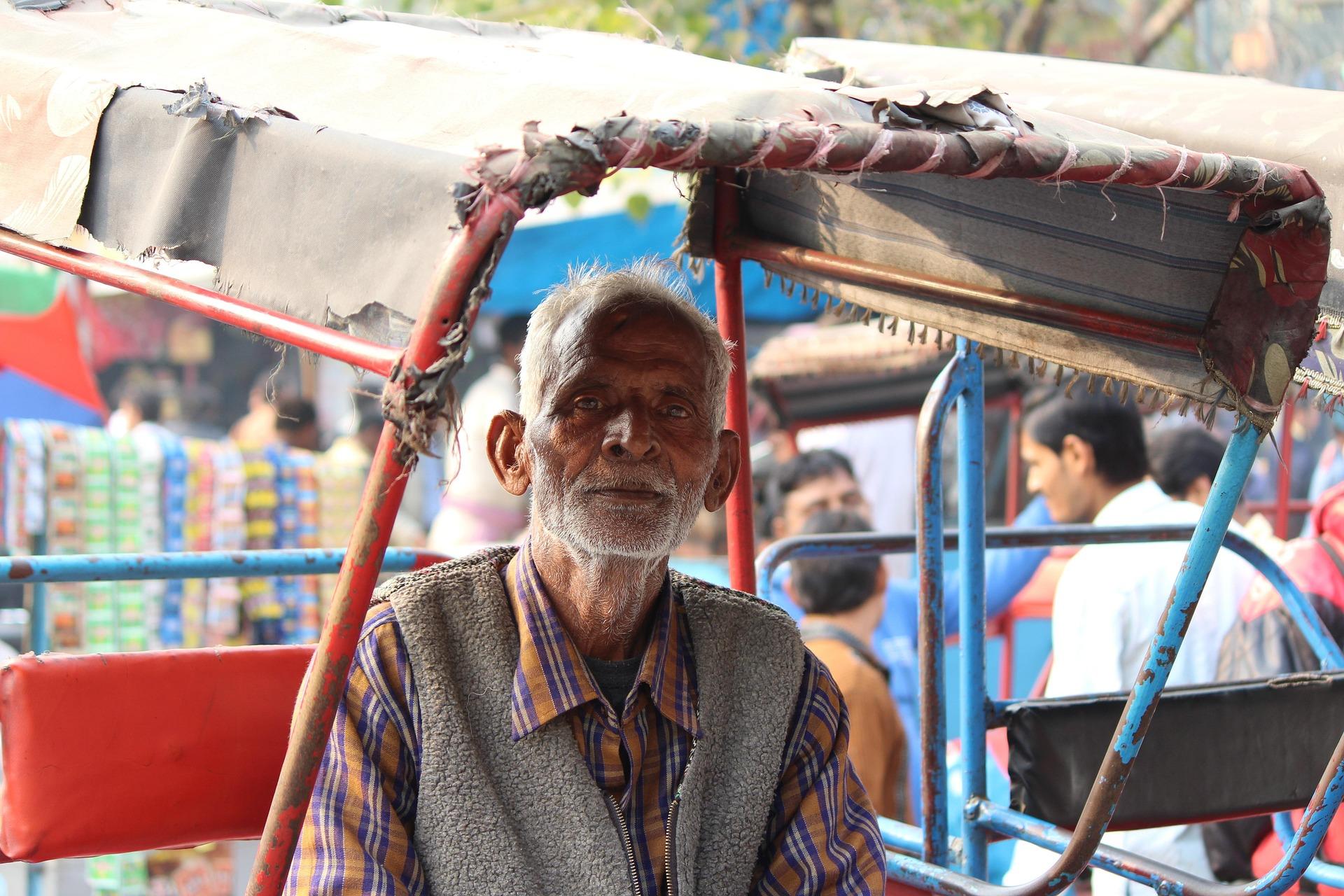
India has made significant progress in reducing poverty over the past decade, according to a recent World Bank report. The data paints a remarkable picture of economic improvement, especially for the most vulnerable sections of society. The report reveals that the extreme poverty rate in India fell from 27.1% in 2011–12 to just 5.3% in 2022–23—a dramatic decline in a span of just over ten years.
During this period, nearly 269 million people in India have moved out of extreme poverty. This progress is especially notable because the World Bank recently updated the international poverty line from $2.15 to $3 per day. Even with this higher threshold, India has managed to significantly cut down poverty levels, showcasing strong economic resilience and inclusive development.
In 2011–12, there were approximately 344.4 million people living in extreme poverty in India. By 2022–23, that number had dropped to just 75.2 million. States like Uttar Pradesh, Maharashtra, Bihar, West Bengal, and Madhya Pradesh have played a crucial role in driving this change, contributing substantially to the national decline in poverty levels.
The success is not limited to a specific area; both rural and urban regions have seen a noticeable improvement. In rural India, the poverty rate has come down from 69% to 32%. Urban areas have seen a reduction from 32.3% to 17.2%. These achievements can be attributed to various government initiatives and policy reforms aimed at welfare, infrastructure development, and economic growth.
The World Bank has also introduced a new poverty line for lower-middle-income countries at $4.20 per day. Under this measure, India’s poverty rate declined from 57.7% to 23.9%. This suggests that not only has extreme poverty reduced, but India has also been successful in addressing broader income disparities.
Education has emerged as another key factor in determining poverty levels. Among those with no formal education, the poverty rate is around 35.1%, whereas individuals with higher education show a significantly lower poverty rate of just 14.9%.
India has also made commendable progress in reducing multidimensional poverty, which goes beyond income and includes indicators like education, health, and living standards. The country's multidimensional poverty index has dropped from 53.8% in 2005–06 to just 15.5% in 2022. This improvement is largely due to better access to healthcare, educational opportunities, and improved living conditions.
Despite these achievements, challenges still remain. Rising inflation and cost-of-living pressures continue to affect poor and middle-income households. However, the overall data clearly shows that India has made substantial gains in its fight against poverty.
This decade-long progress reflects India’s growing economic strength and highlights how the country’s rise as the world’s fourth-largest economy is beginning to positively impact the lives of its citizens.
Disc:The information presented in this blog is based on the latest publicly available data and analysis from the World Bank. While every effort has been made to accurately represent the findings, readers are advised to refer to the original World Bank report for complete and official details. This blog does not provide financial, political, or policy advice. The opinions expressed are solely those of the author and do not necessarily reflect the views of the World Bank or any government entity. The data and insights are intended for informational and educational purposes only.




